Gwangjuho Lake Eco Park (광주호 호수생태원)
6.2Km 2024-02-29
7 Chunghyosaem-gil, Buk-gu, Gwangju
+82-62-613-7891
Gwangjuho Lake Eco Park is an ecological park located near the banks of Gwangjuho Lake, featuring a Nature Observation Center, Nature Learning Center, Lawn Area, and Waterside Wetland. The park is home to around 170,000 wildflowers and over 3,000 trees, offering opportunities to observe various flora and fauna up close. Visitors can witness diverse birds thriving in the wetlands.
Gwangjuho Lake (광주호)
6.3Km 2020-06-09
Chunghyo-dong, Buk-gu, Gwangju
+82-62-266-0032
Gwangjuho Lake is located at the base of the Mudeungsan Mountain, which creates a beautiful view. Many people come to the lake not only for the relaxing setting, but also for fishing. Near the upper stream of the lake there are beautiful arbors built during the Joseon dynasty that display the traditional garden culture of that time. One of these arbors is the Sikyeongjeong Pavilion, a historic site written about by Jeong Cheol, a famous statesman and poet during Joseon dynasty.
Café Limm (카페 림)
6.4Km 2024-11-12
192 Songgangjeong-ro, Bongsan-myeon, Damyang-gun, Jeollanam-do
Café Limm is a beautiful café nestled in the backdrop of lush bamboo forests in Damyang. With bamboo trees both inside and outside the café, it feels like stepping into a bamboo forest. Their signature menu item is the shakecoco (coconut milk espresso shake), made with shaken espresso and coconut milk. Visitors can also capture picturesque moments in this café that resembles a scene from an oriental painting.
Pyeongchon Ceramics Workshop (평촌도예공방)
6.6Km 2024-11-14
77 Damanpyeongmu-gil, Buk-gu, Gwangju
The Pyeongchon Ceramics Workshop keeps the spirit of traditional Korean Buncheong pottery alive by offering an experiential learning space and hands-on programs that blend classic Korean and contemporary styles. Visitors can create unique pieces that capture the rustic beauty of tradition while keeping the modern flair.
Gwangju Pyeongchon Village (광주 평촌마을)
7.0Km 2019-11-26
15, Pyeongchon-gil, Buk-gu, Gwangju
+82-62-266-2287
Gwangju Pyeongchon Village, located north of Mudeungsan Mountain, is a cozy farming village made up of four villages Dongrim, Daman, Woosung, and Dangmoe. The village still has an excellence natural preservation, growing environmental-friendly rice in the fields and Punamcheon stream that runs through the middle of the village is home to fireflies and otters. The village also keeps the tradition of making pottery as the village was the place that made grayish-blue-powdered celadon during the Joseon dynasty. The village street corner offers visitors to Mudeungsan Mountain a place to rest with Mudol-gil shelter and Bandi lodging.
May 18th National Cemetery (국립 5·18 민주묘지)
7.1Km 2024-07-11
200 Minju-ro, Buk-gu, Gwangju
+82-62-268-0518
The May 18th National Cemetery in Gwangju is a symbol of freedom and democracy. The cemetery holds the graves of 764 victims of the May 18th Democratic Uprising in 1980, seven structures, and many monuments.
Myeonangjeong Pavilion (면앙정)
7.2Km 2020-04-27
382-11 Myeonangjeong-ro, Damyang-gun, Jeollanam-do
+82-61-380-2811
Myeonangjeong Pavilion is located on the slopes of Jebongsan Mountain in Damyang-gun. The pavilion was constructed in 1533 by Song Sun (1493-1583), who built it as a place for writing poems. After its construction, the pavilion served as a meeting place for scholars and intellectuals and was even frequented by Lee Hwang (1501-1570), a representative Confucian scholar who is pictured on the 1,000 won bill.
The roof of Myeonangjeong Pavilion was originally made of reeds, straw, grass and other materials which could not withstand the elements. After several repairs, the building was developed into the wooden structure that it is today.
From the back of the pavilion, you can see the mountain range and open wide fields; renowned scholars’ poems are engraved on the wooden panels that decorate the pavilion walls.
Yeongsangang River (영산강)
7.7Km 2020-05-19
Gaedongsingi-gil, Damyang-gun, Jeollanam-do
+82-61-380-2820
Yeongsangang River (136 kilometers) is the shortest of the four major rivers in Korea. The river starts from Yongchubong Peak (560m) located in Yong-myeon in Damyang, Jeollanam-do. It runs through Damyang, Gwangju, Naju, and Yeongam and eventually flows into the Yellow Sea in Mokpo through the estuary bank.
The river also faces some environmental challenges, including extreme weather events that cause flooding, leading to ecosystem loss and habitat degradation. In December 1981, a dam was built and the damage was significantly reduced. The government has also introduced the Four Major Rivers Restoration Project in 2009 with the objective of restoring the rivers while achieving regional development. Under this project, a significant amount of budget was allocated for resolving problems plaguing the Yeongsangang River.
Namdo Hanu (남도한우)
8.7Km 2021-03-20
1169, Jukhyang-daero, Damyang-gun, Jeollanam-do
+82-61-383-2211
It sells only Korean beef as a selected model restaurant. This restaurant's signature menu is grilled beef. This Korean dishes is located in Damyang-gun, Jeollanam-do.
Korea Bamboo Museum (한국대나무박물관)
8.8Km 2021-07-19
35, Jukhyangmunhwa-ro, Damyang-gun, Jeollanam-do
+82-61-380-2901
The Korean Bamboo Museum is a comprehensive complex that preserves, exhibits, produces, and allows people to experience bamboo products. First opened in 1981 at Damju-ri, the museum was expanded and relocated to the current location in March 1998. Not only does the museum provide bamboo-related exhibitions, it also provides techniques on making bamboo products as well as holds the Bamboo Festival every May.
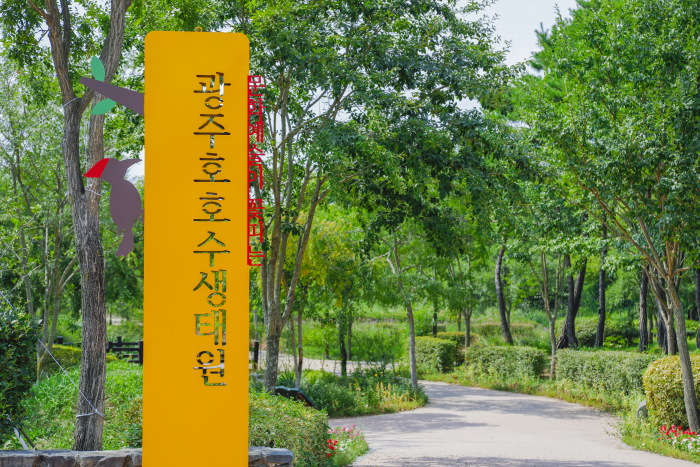
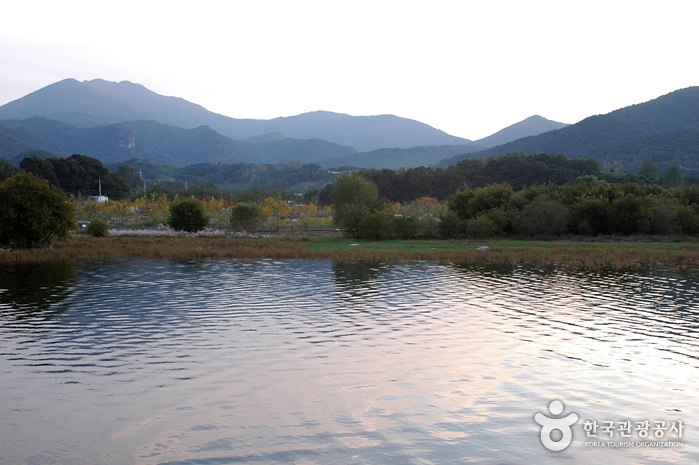
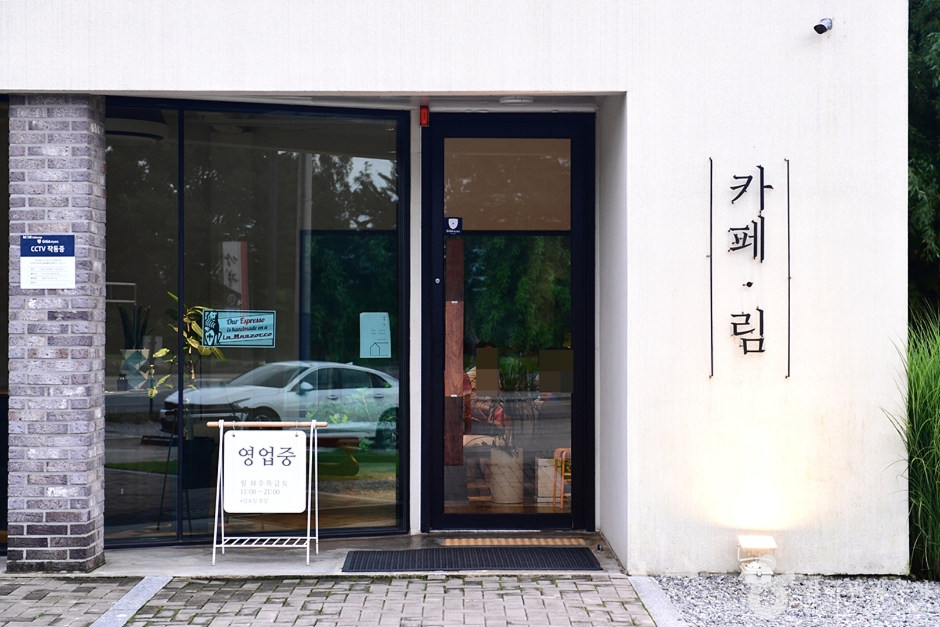
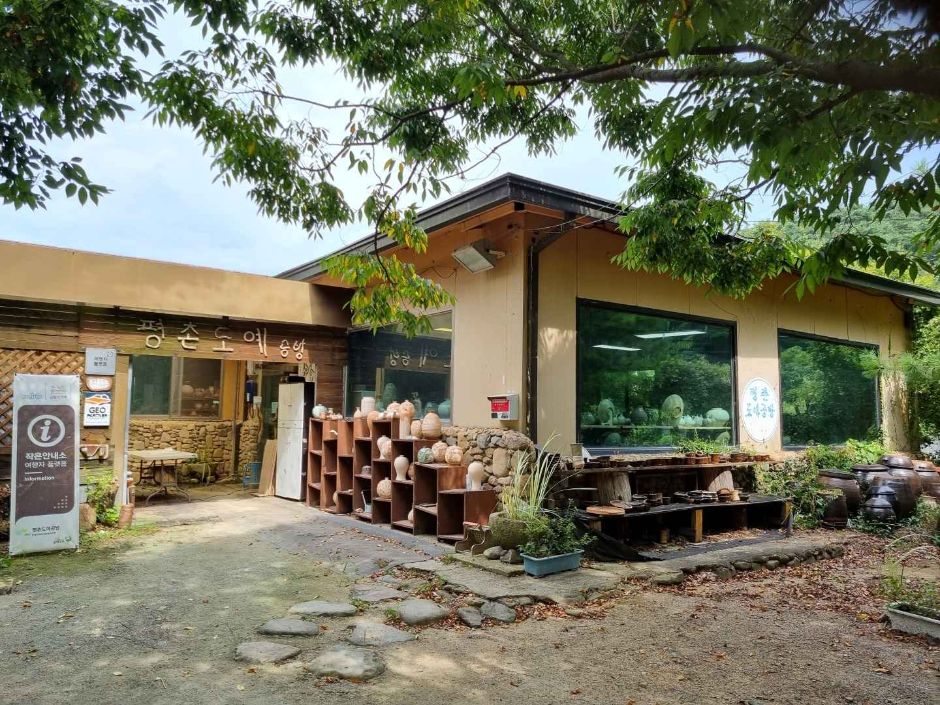
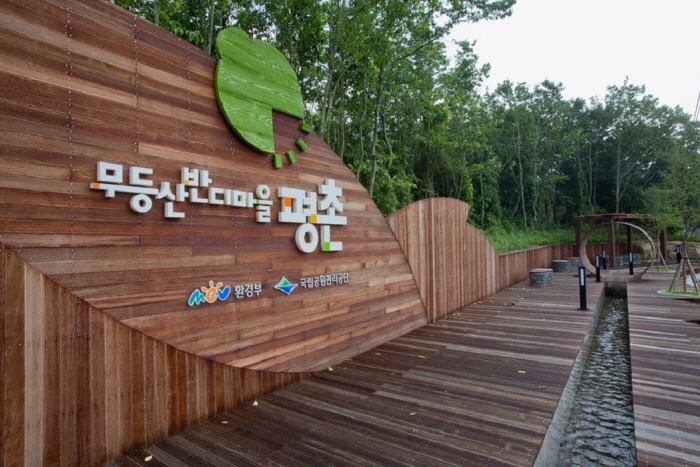

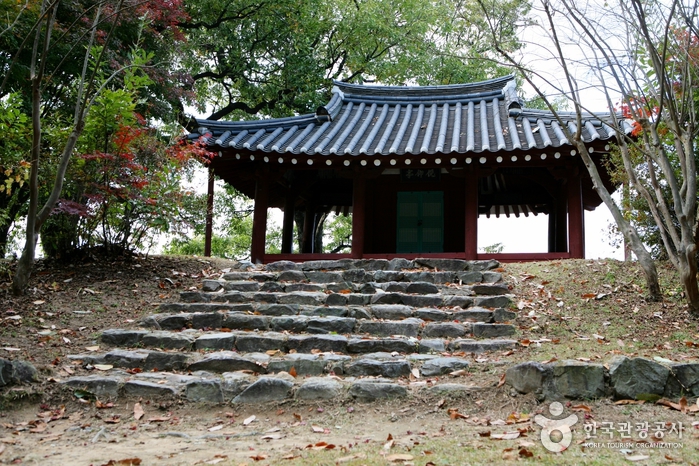
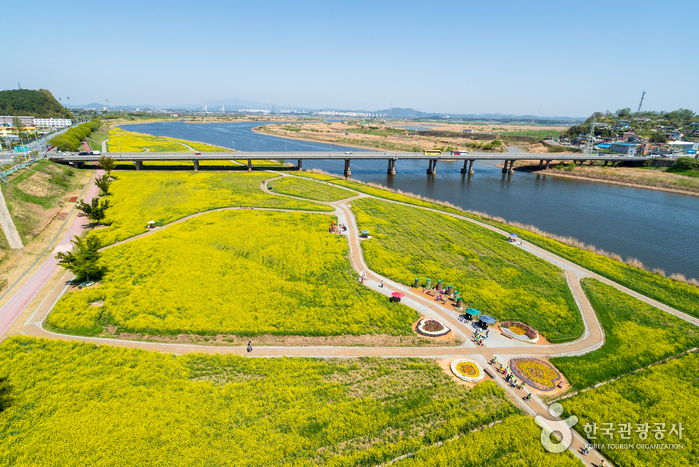
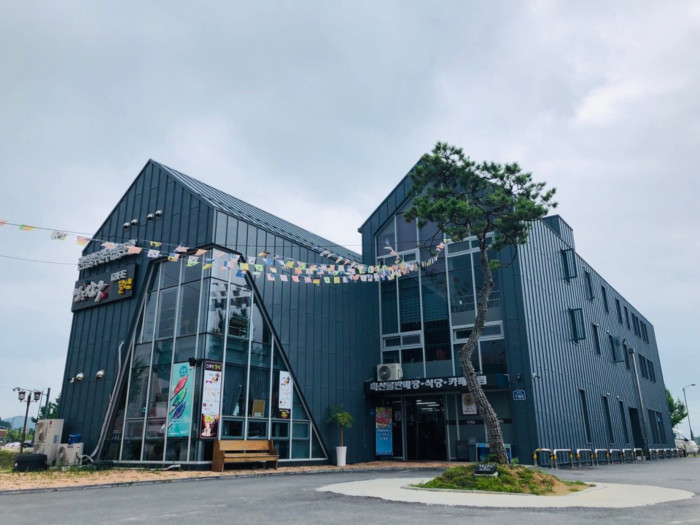
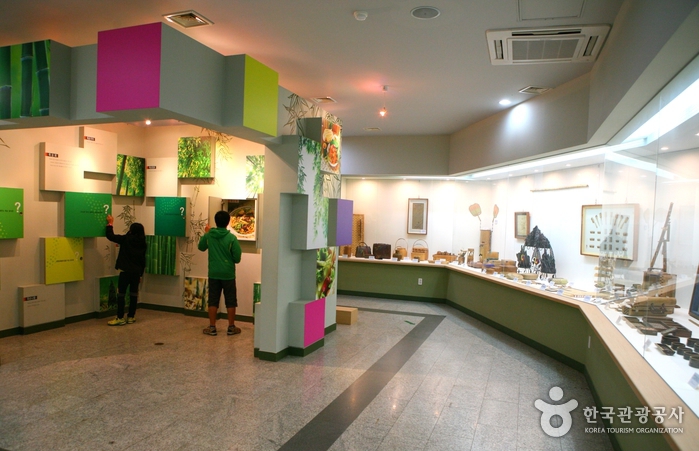
 English
English
 한국어
한국어 日本語
日本語 中文(简体)
中文(简体) Deutsch
Deutsch Français
Français Español
Español Русский
Русский